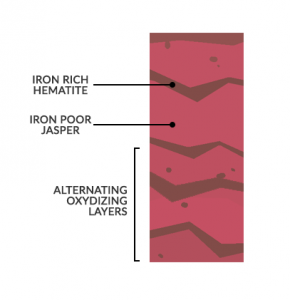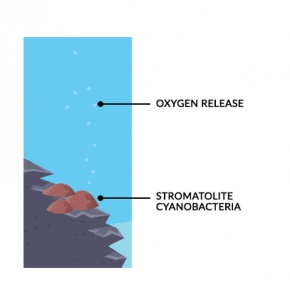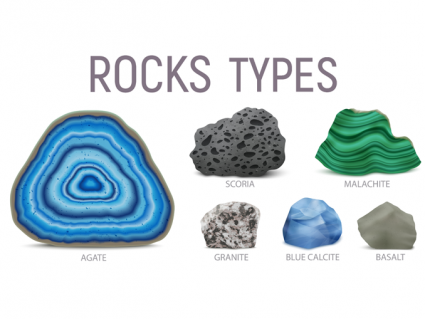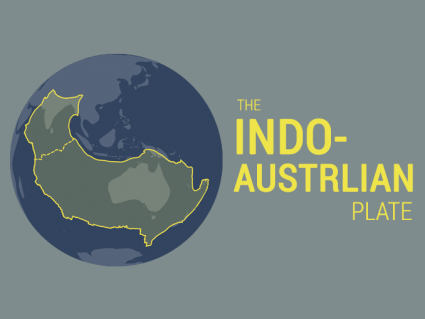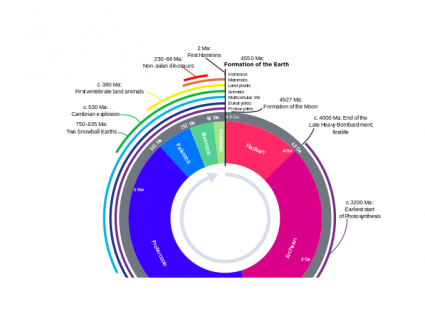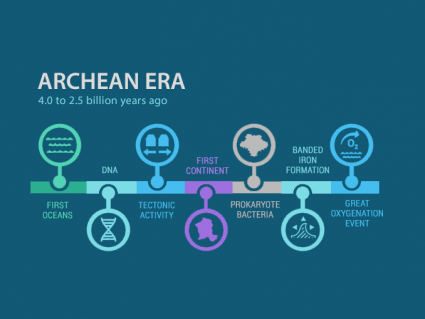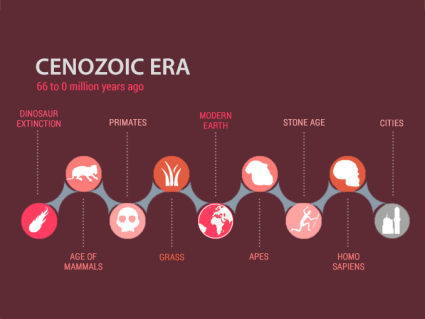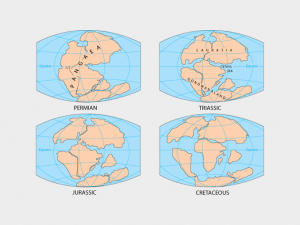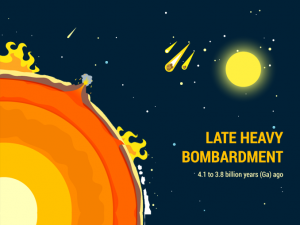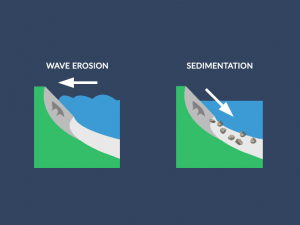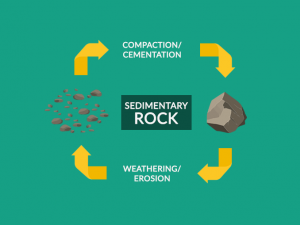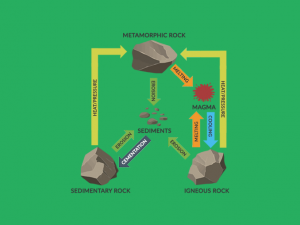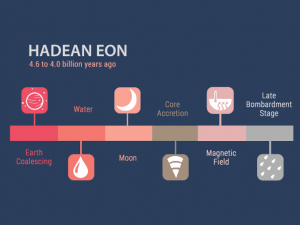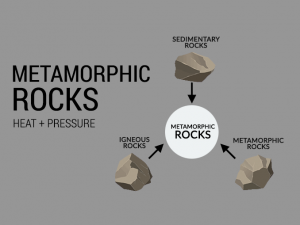Banded Iron Formation (BIF): How These Rocks Got Their Stripes

Banded Iron Formation (BIF)
If you go back early in Earth’s geologic time, there wasn’t any free oxygen. There was a tremendous amount of carbon dioxide that filled the atmosphere.
Eventually, stromatolites and other single-celled bacteria produced oxygen as a by-product. Oxygen filled the oceans and atmosphere and it mixed with iron. Remember that iron rusts when it reacts with oxygen giving it a red tint.
So over time, the seafloor collected rusted iron. This rusted iron is in the different layers of banded iron formation (BIF) created about 3.7 billion years ago.
The alternating layers in banded iron formations represent rock being oxidized. This is when early photosynthetic life was just trying to get started by releasing free oxygen into Earth’s early atmosphere.
How many iron ore deposits are from banded iron formations?
Banded iron formations account for more than 60% of global iron reserves. We can find banded iron formations all over the world such as:
- Australia
- Canada
- South Africa
For example, South Africa’s largest iron mines at Sishen and Thabazimbi both extract BIF. Hematite-rich ore can be mined which is found in banded iron formations. Most of the world’s iron ore deposits were produced in the Archean Eon.
What causes banded iron formations?
Banded iron formations typically have alternating layers:
- FIRST LAYER: The first layer is either magnetite (Fe3O4) or hematite (Fe2O3) a few millimeters to a few centimeters in thickness.
- SECOND LAYER: The next layer usually is iron-poor shales often red in color.
These two layers alternate with similar thicknesses from the oxidation of iron and subsequent deposition. Almost all BIFs formed in the Precambrian because of the accumulation of free oxygen.
What was the Great Oxygenation Event (GOE)?
Basically prior or the evolution of photosynthetic bacteria there were a lot of free iron ions dissolved in the ocean.
In a shallow marine setting, stromatolites and other single-celled bacteria produced oxygen as a by-product of the photosynthesis process.
Oxygen filled the oceans (and atmosphere) to form rusted iron in the oceans. Because there was no more iron to rust in the oceans, oxygen entered the atmosphere.
This event is the Great Oxygenation Event when the atmosphere first became oxygenated. And this event is what precipitated the banded iron formations. Other mechanisms have been proposed from GOE such as hydrothermal venting and bacterial oxidation.
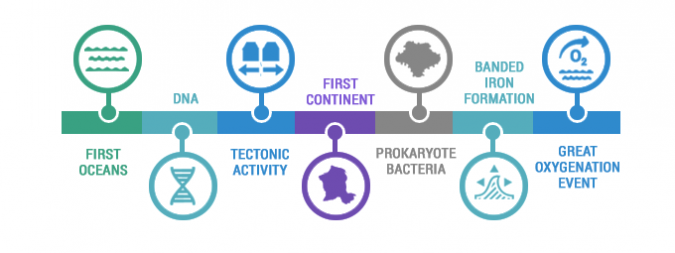
Banded Iron Formation (BIF)
The banded iron formation is a geological unit composed of iron-rich rock. These formations have a banded pattern that is created when alternating layers of oxidized and reduced iron minerals are deposited.
Banded iron formations (BIFs) are unique sedimentary rocks that contain alternating layers of iron-rich minerals and silica.
They played a pivotal role in Earth’s history, as the iron extracted from BIFs during ancient geological periods contributed to the buildup of oxygen in the atmosphere, making it possible for complex life forms to evolve.
If you have any questions or comments, please use the comment form below to let us know what your concerns are.

